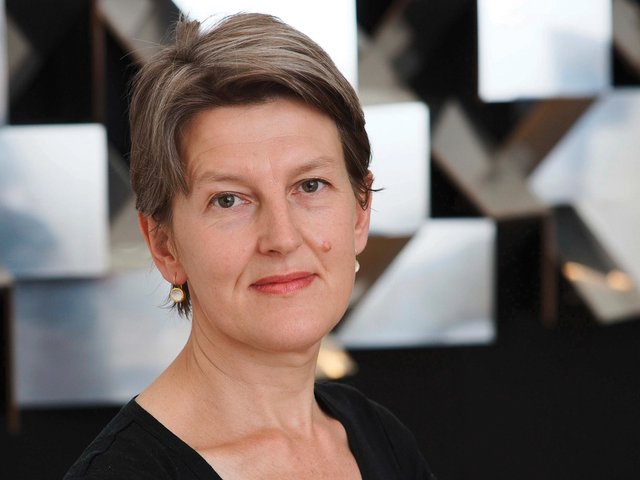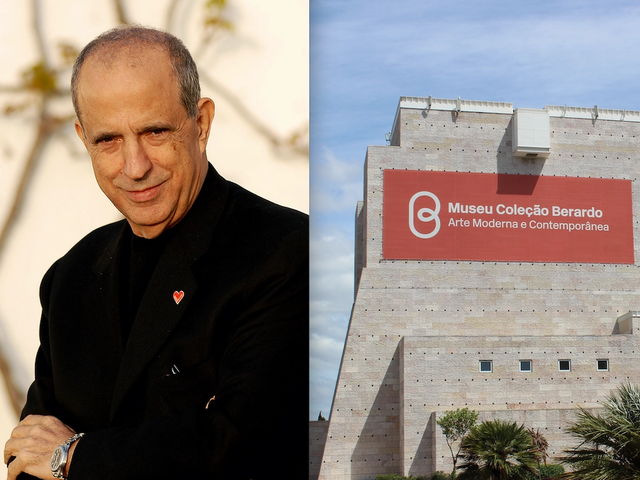When the Centro de Arte Moderna (CAM) Gulbenkian first opened in 1983, “it was alone”, says Benjamin Weil, the museum’s director. Forty years later, as it reopens after a major refurbishment, it has plenty of company in Lisbon’s vibrant contemporary art scene.
This year, the newly refurbished Museu do Design (Mude) reopened in July. Next year, the Pavilhão Julião Sarmento, housing the late Portuguese artist’s collection, is scheduled to open in February and a new private museum of contemporary art, Museu de Arte Contemporânea Armando Martins (Macam), is due to be inaugurated in the spring.
All this comes just six years after the opening of the popular and Instagram-friendly Museu de Arte, Arquitetura e Tecnologia (Maat). Add to the mix a quickly maturing commercial art scene, with events such as Lisbon Art Weekend (the sixth edition took place earlier this month) and ArcoLisboa art fair (launched 2016), and a picture of a growing, thriving art ecosystem emerges.
“This town is changing so fast,” Weil says. “It’s a very dynamic scene.”
Described by CNN as the “coolest city in Europe”, Lisbon clocked a record 20 million overnight stays last year. Not only has it become a tourism hot-spot, the city has also attracted huge numbers of diverse, international permanent residents—many of whom, Weil says, see it “as a safe haven in this kind of weird chaotic world in which we live”.
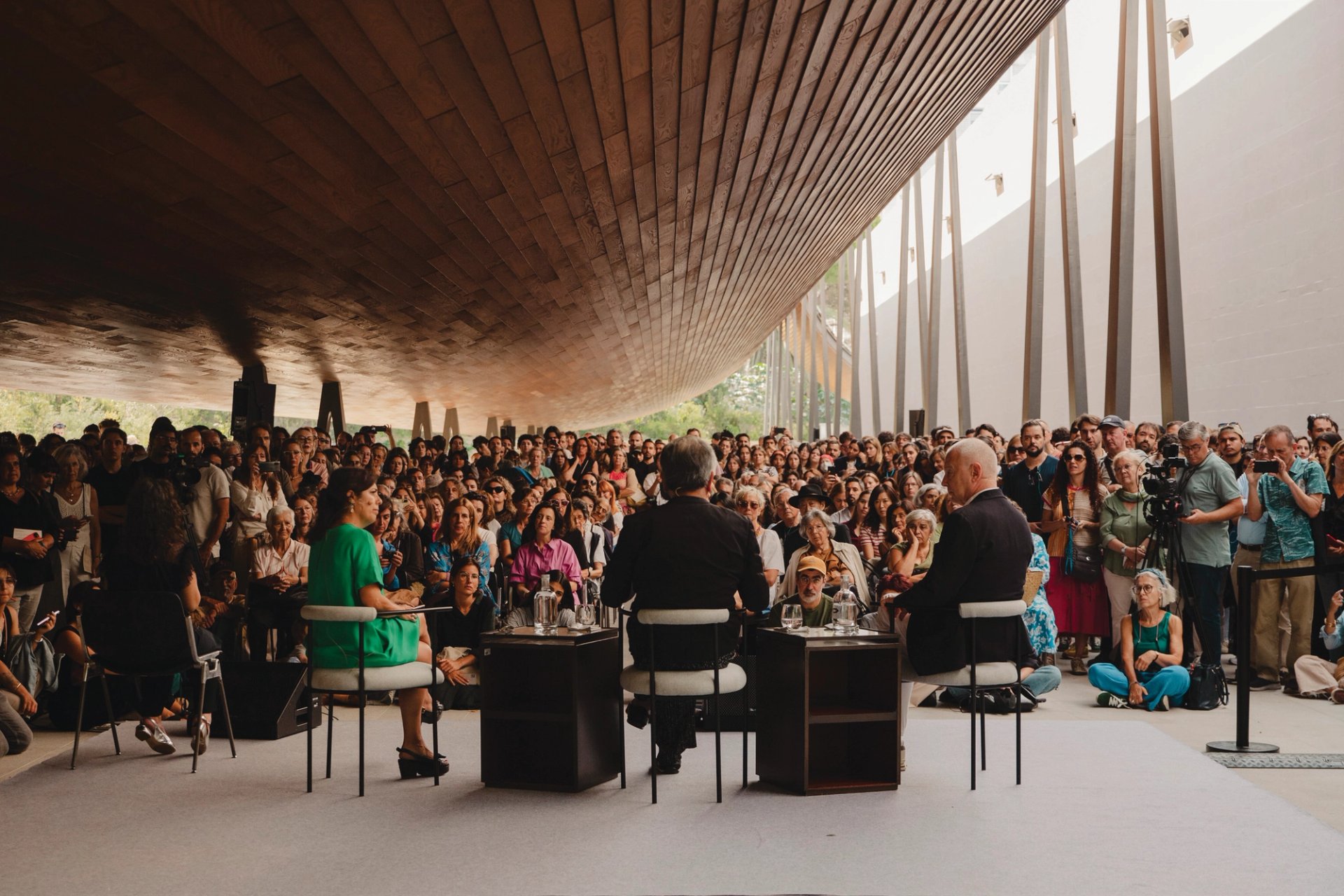
The Japanese architect Kengo Kuma (centre) speaking with Benjamin Weil (right), the director of the Centro de Arte Moderna Gulbenkian, during the centre's opening weekend Photo: © Joanna Correia
The influx has created huge problems as well as opportunities: around the time of CAM’s reopening in September, protesters were demonstrating for affordable housing. “The majority of new construction is for the luxury or tourism sectors,” says the organising group, Casa Para Viver (a home to live in). “House prices and rents continue to rise; overcrowding is increasing, as are slums, homelessness and evictions.” Another group, Movimento Referendo pela Habitação has amassed more than 9,000 signatures calling for a referendum on holiday rentals in residential buildings.
Lisbon’s growing art scene depends, in part, on the tourism boom. Macam, which is due to open in a former palace in the first quarter of 2025, reflects this symbiosis: it will house a five-star hotel as well as Armando Martins’s collection of Modern and contemporary art.
Meanwhile, CAM has witnessed the growth first-hand. In 2019, the year before it closed, it had 182,000 visitors. By 7 October this year, it had already notched up 59,000 (with free admission) since its 21 September opening. The city’s art and cultural crowd turned out in force to see its €58m redevelopment, even though the opening festivities had to be dialled back after a national day of mourning was announced for the victims of disastrous forest fires in northern Portugal.
The newly remodelled CAM strives to be “a place for artists and a place for visitors”, Weil says. “They both should feel at home.” The project included the refurbishment of the existing 1983 building, designed by the British architect Leslie Martin, and an expansion of its public spaces.
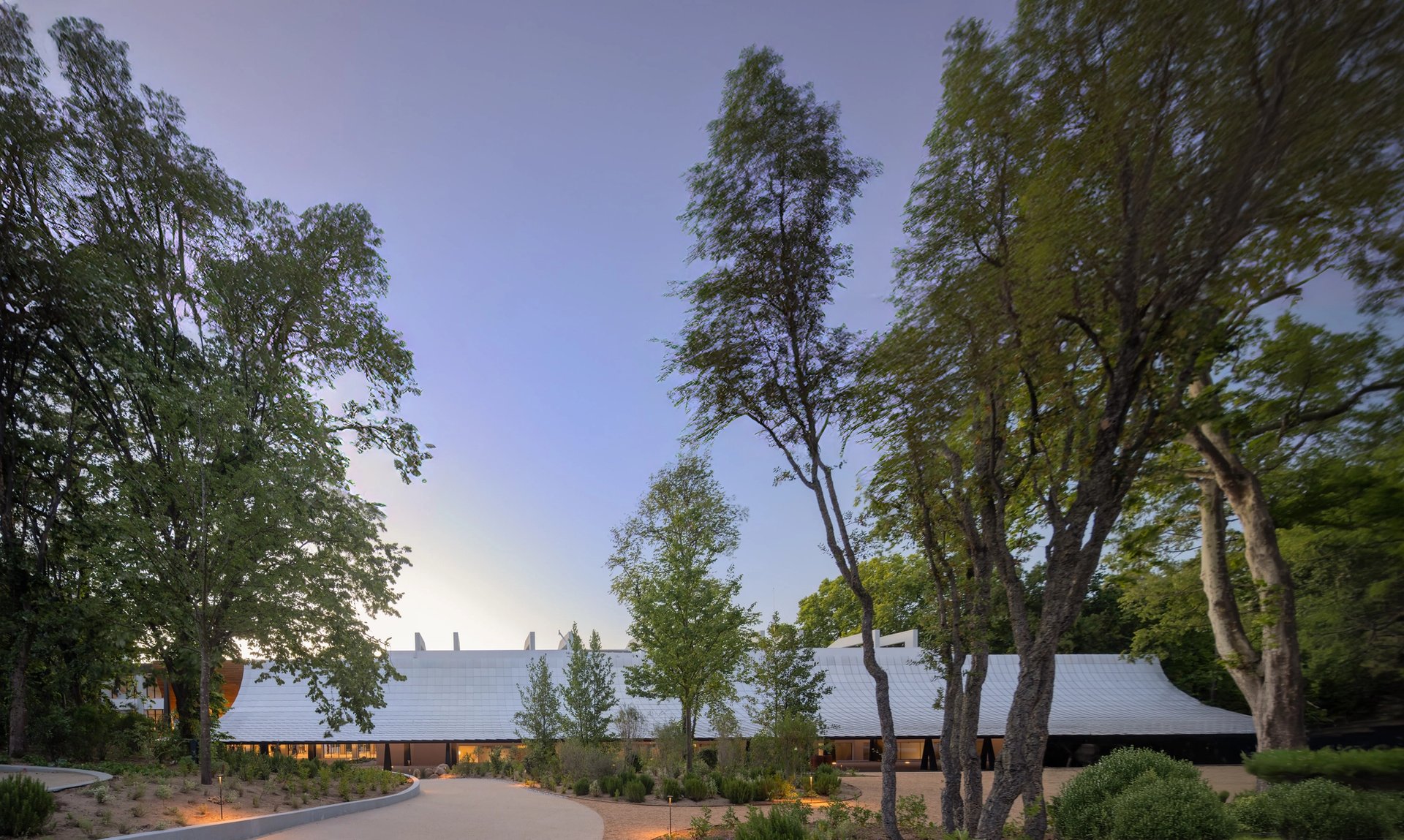
The new engawa canopy, covered in handmade tiles, runs the length of the Centro de Arte Moderna Gulbenkian Photo: Fernando Guerra, Canon Ambassador
The redevelopment was carried out by Kengo Kuma and Associates. The most prominent addition is a 100m-long entrance canopy based on the Japanese engawa, a traditional domestic structure that provides a space between indoors and out. It is a “non-functional space but it can be used for any function,” says the Japanese architect Kengo Kuma.
The sweeping canopy is clad in dark planks of ash with handmade white tiles on top—inspired by the use of tiles in traditional Portuguese gardens—and provides “a soft transition between what is nature made and what is architecturally made”, says the architect Rita Topa, a partner at Kengo Kuma. The architects also moved the main entrance of the museum from north to south.
The Armenian oil magnate Calouste Gulbenkian established his foundation in 1956 after settling in Lisbon. It awards grants to organisations and individuals in the arts and sciences with links to Portugal, Portuguese-speaking countries and to Armenia.
As well as CAM, the expansive Gulbenkian campus houses a concert hall, outdoor auditorium, archives, library and the Gulbenkian Museum, which is home to the founder’s collection.
CAM also actively commissions and collects works to add to its holdings, today numbering 12,000 pieces. Among its recent acquisitions is work by the Berlin-based Portuguese artist Leonor Antunes, whose installation fills the museum’s main ground-floor gallery (as part of the exhibition The Constant Inequality of Leonor’s Days, until 17 February 2025).
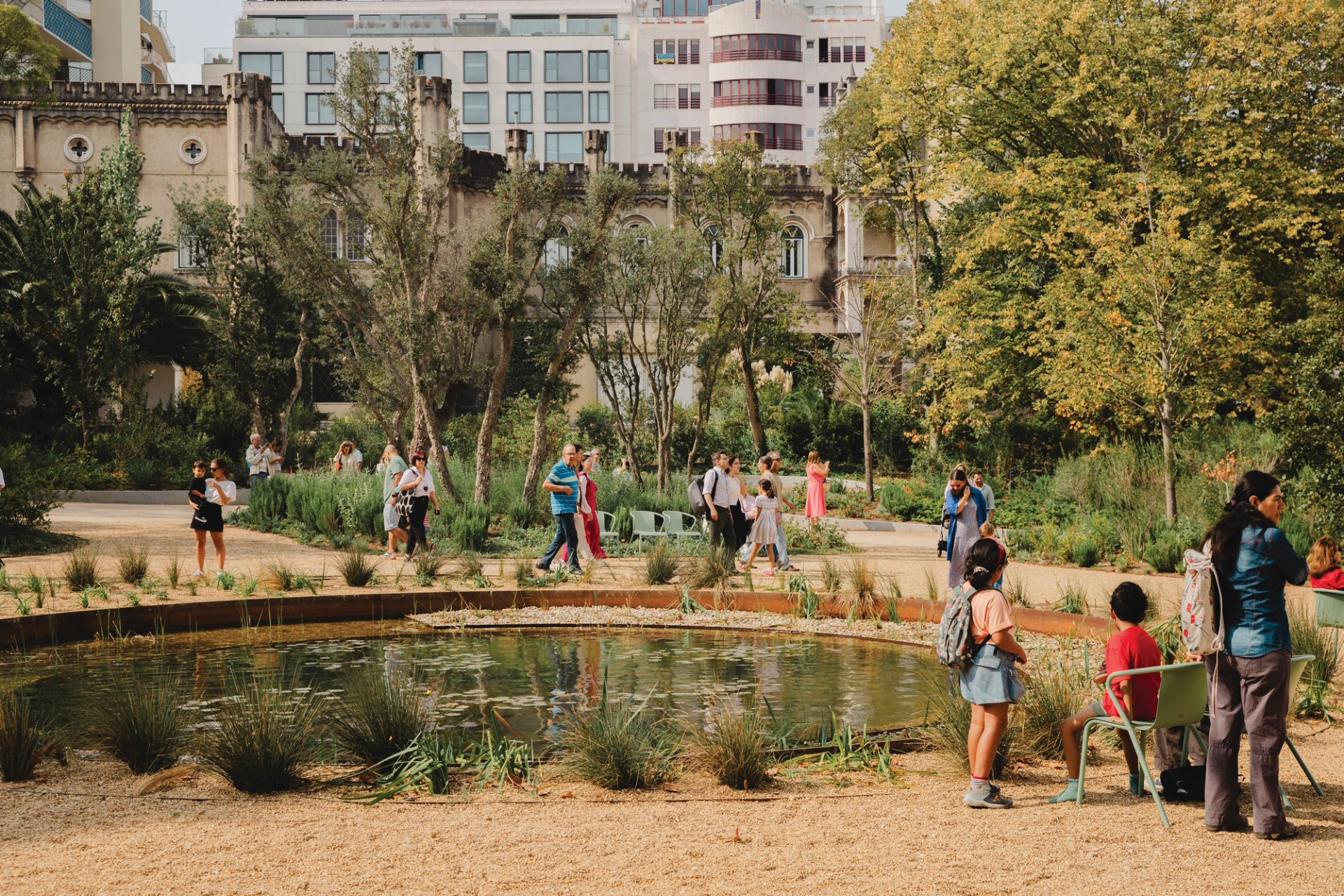
The new gardens of Centro de Arte Moderna Gulbenkian, designed by the landscape architect Vladimir Djurovic Photo: © Joanna Correia
Although Gulbenkian’s fortune came from the oil industry, the foundation has now “completely divested from fossil fuels”, Weil says. After a summer of forest fires in Portugal, climate change has become a real and urgent concern for the country. The foundation is slowly addressing this. In CAM’s group show, drawn largely from the collection, a newly commissioned four-screen installation, Bardo Loop (2024), by the US-born artist Gabriel Abrantes, seems prescient. Animated ghosts play out personal scenes against a backdrop of future threats to humanity, including fires and floods.
Speaking at the exhibition preview, Abrantes said that an interview about his work broadcast on the local news the night before was sandwiched between reports on the Portuguese forest fires and devastating floods in central Europe. It was “almost awkward” how life was imitating art, he said.
Outside CAM, in its new gardens—planted completely with native species as a way of making it more sustainable, according to its landscape architect Vladimir Djurovic—the peace is only disturbed by planes overhead heading to and from nearby Lisbon airport.
Over the past decade, the number of passengers using the airport has more than doubled, to almost 34 million in 2023 from 16 million in 2013. A new airport is also in the planning stages, with completion expected in 2034. All this growth bodes well for Lisbon’s contemporary art scene, but it brings enormous challenges for the city, too.




